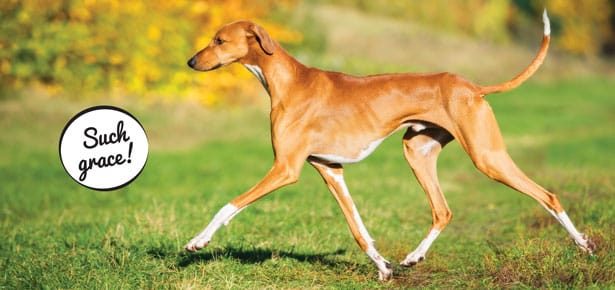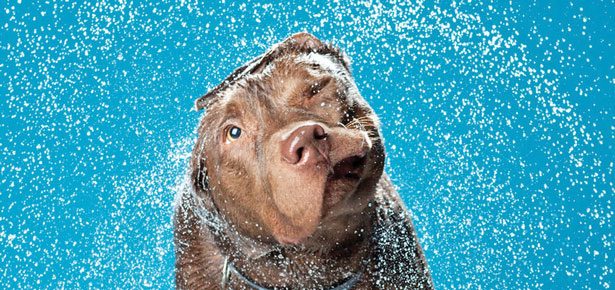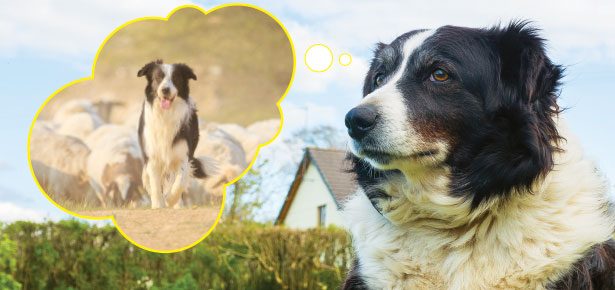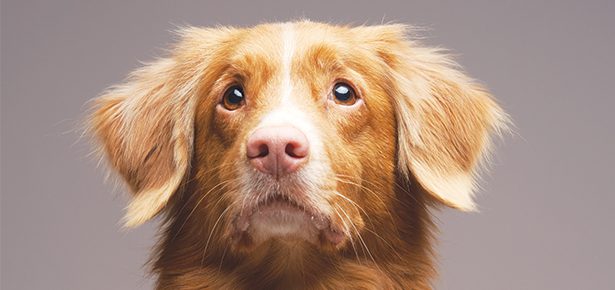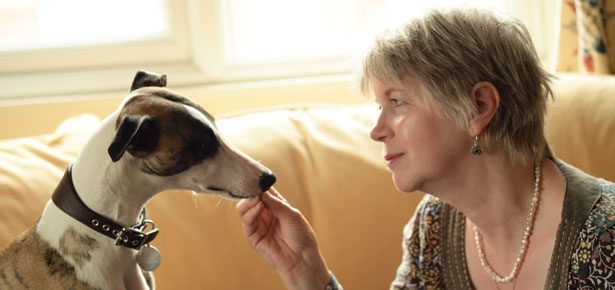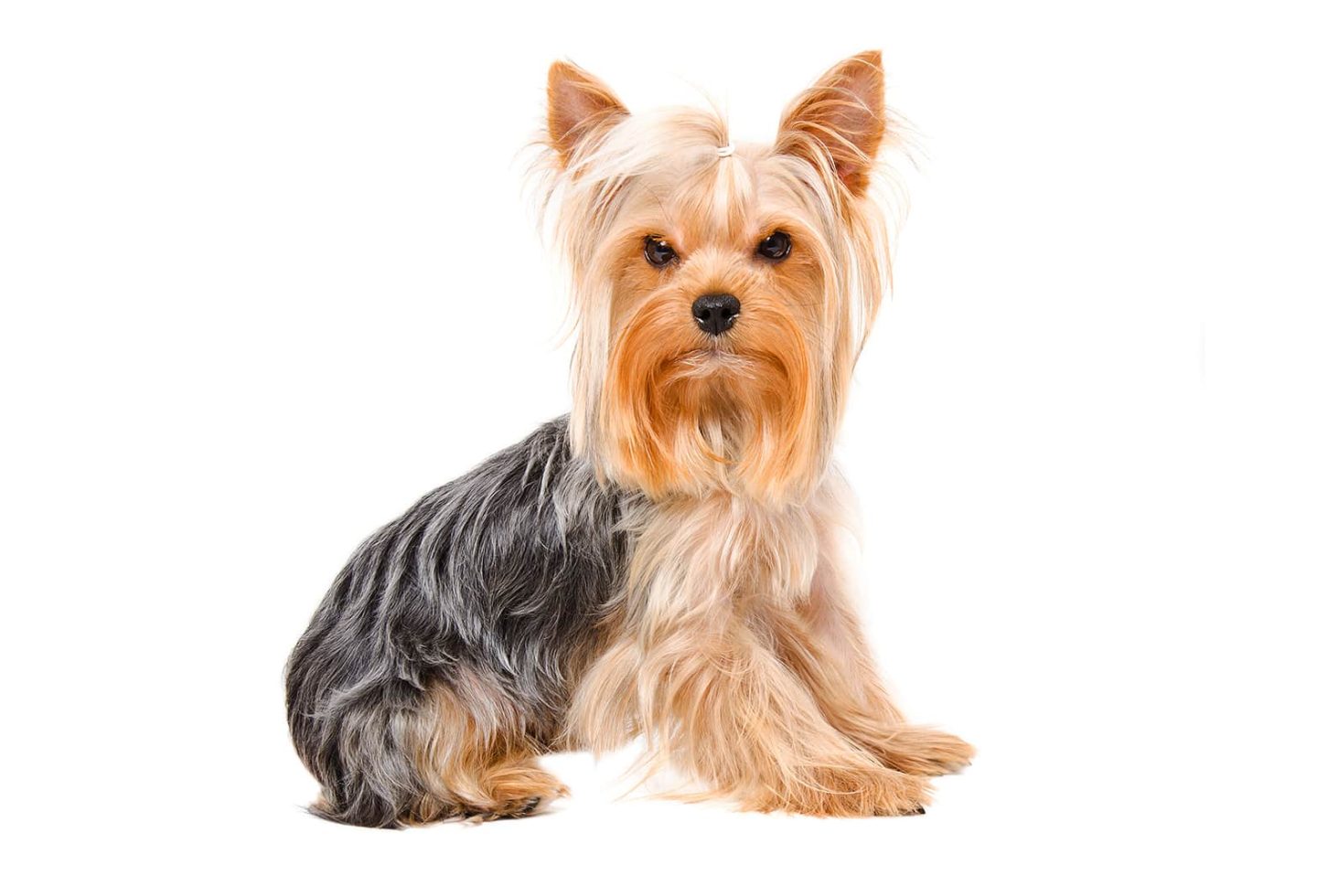
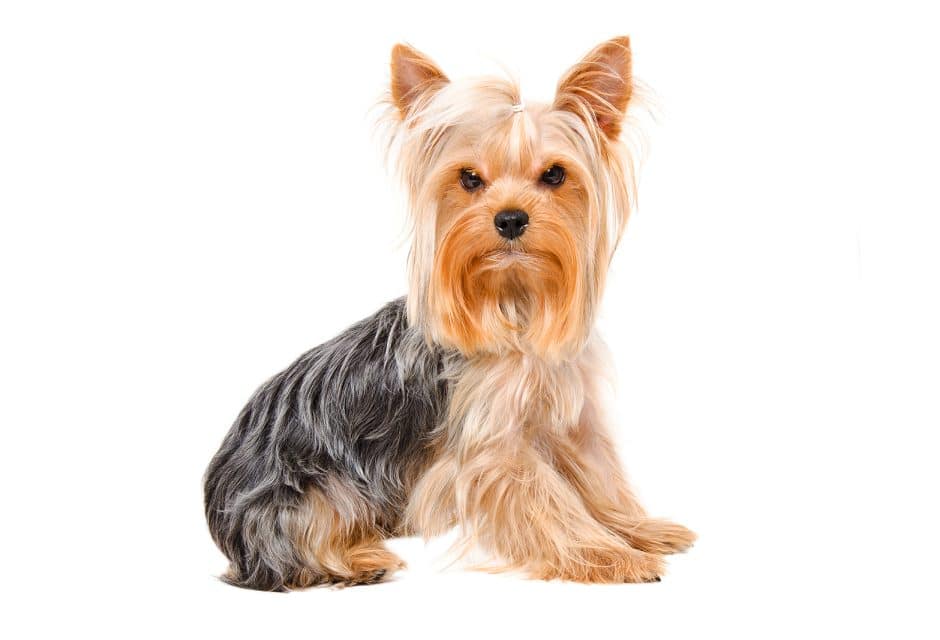
The Yorkshire Terrier
This tiny, terrific rat hunting dog breed rolls with the punches, reinvents self as lap ornament.

Most of us appreciate a good rags to riches story. A quick perusal of the shelves at any movie rental place reveals that Hollywood has tapped into this universal truth. Be it the kind cop who wins the lottery and shares his earnings with the waitress. Or a certain pretty woman who rises from the cruel street to the penthouse suite. A tale with a happy ending-where our hero not only survives, but thrives-warms the heart. Or, in the case of the lovable Yorkshire Terrier, the lap.
Yes, one of our lesser-known protagonists is sitting right under our noses, likely curled into a small ball.
The frequently well-dressed, jewel-collared petit chiens we see in the totes of fashionistas weren’t always companions of choice for the dog-discerning, however. In the beginning, the Yorkie was a working dog. (If you’ve yet to break the news to Corky, don’t let him read this.)
The exact origins of the Yorkshire Terrier are obscure. What is amply certain is that its original purpose was to control rats in the factories, coal mines and textile mills of Yorkshire, in northern England, during the Industrial Revolution. The breed is thought to be a mixture of several different small terriers. These include the now-extinct Paisley and Clydesdale terriers, small dogs with long, silky, bluish-grey coats, brought to Yorkshire by Scottish weavers in the mid-19th century. Plus something then called the Waterside Terrier-and an “Old English Black and Tan Terrier.” An added dash of the Maltese may have seasoned the breed later in its development.
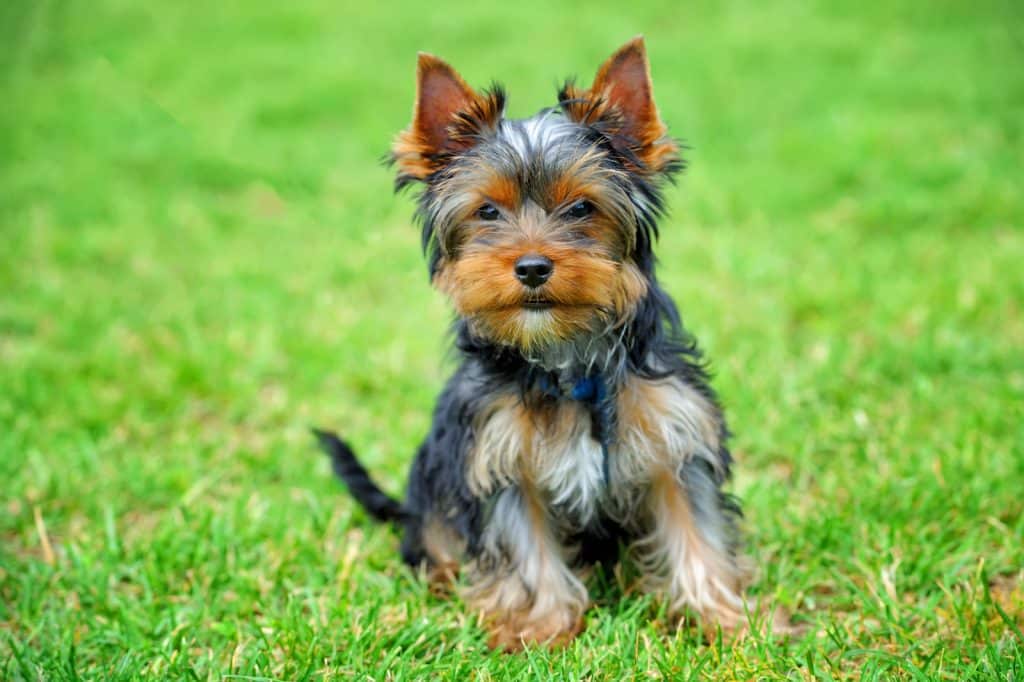
byrdyak/Bigstock
In 1861 the Yorkshire Terrier made its debut at a bench show in England under the name “broken-haired Scotch Terrier.” However, after the 1870 Westmoreland Show, Angus Sutherland wrote in The Field magazine that “they ought no longer be called Scotch Terriers, but Yorkshire Terriers for having been so improved there.” Later the name was officially proclaimed. Today, short and sweet like the dog itself, the breed is nicknamed simply “Yorkie.”
After its transition from common rat-catcher to desirable arm warmer in the Victorian era, the Yorkie’s popularity among seekers of fashionable four-legged friendship only snowballed. This surge is largely attributed to the dogs’ intelligence, energy, good looks (looks, it could be argued, that have gone straight to their heads) and affection for their owners. They are suspicious of strangers and have an acute sense of hearing, making them effective watch dogs. Ideal for apartment living-although also good outdoor companions– Yorkies are not well suited to homes with young children, primarily due to their very small size. Yet their fierce loyalty and undying courage contribute to a reputation for believing they’re much larger than they really are. (One Modern Dog editor describes witnessing her supposed AmStaff cross, having thought he’d just spotted some unwary cats– or better yet, rats-race a hundred yards at full speed just to be sharply rebuffed at the very last moment for his impertinent intrusion by a couple of startled and annoyed Yorkies. And then on a less comical note there was the Vancouver-area Yorkie who, upon spotting a bear in the family’s backyard, valiantly charged out to challenge the intruder head-on, with predictably tragic consequences. The power of positive thought apparently still with its limitations.)
The famous Yorkie terrier attitude often presents itself in stubbornness and anti-social tendencies toward other animals. In a word, these dogs appear to think they’re just “too cool.” However, Corky would likely choke on his pâté if he got his paws on an old family album. A quick flip-through would reveal his ancestors’ dark days in the mines and may be just the thing to humble him. (A picture, in this case, would indeed be worth a thousand barks.)
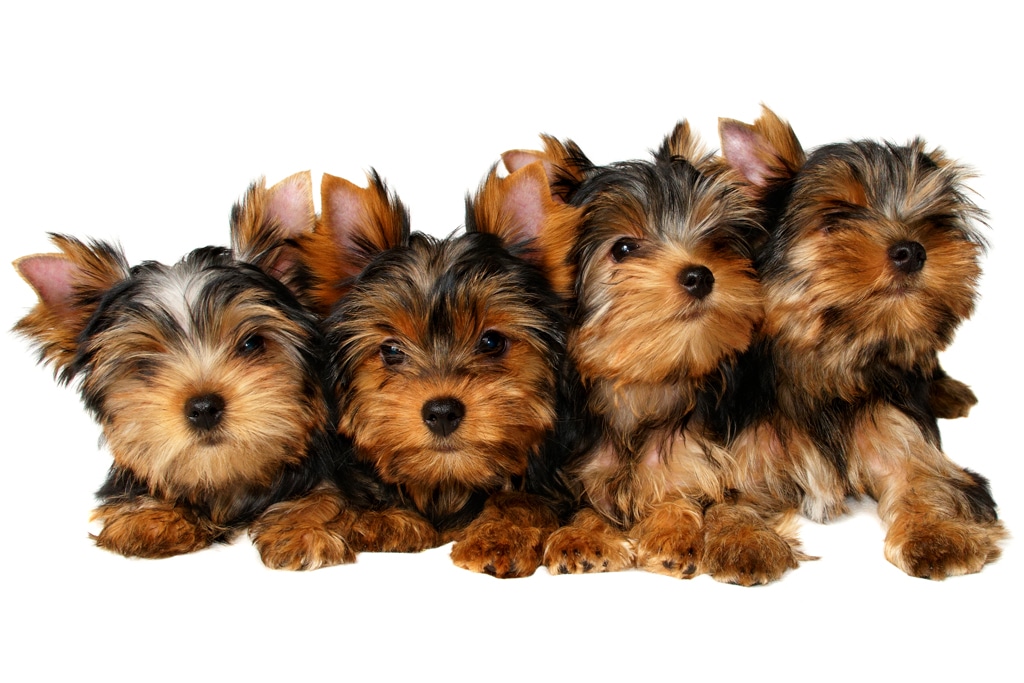
photopotam/Bigstock
The American Kennel Club breed standard describes the Yorkshire Terrier as “neat, compact and well proportioned,” while its “high head carriage and confident manner should give the appearance of vigor and self-importance.” It has a medium-length muzzle, a black nose and a small flat head-ideal for any book-balancing a career in modelling may require. The eyes are lively and dark, the ears small, V-shaped and erect. Weight must not exceed seven pounds. (It is of interest that the early ratting dogs were reported to be substantially larger-more in the order of 15 to 20 pounds.)
Arguably the Yorkie’s most stunning feature is its coat. Simon & Schuster’s Guide to Dogs (1980) describes the coat as being “composed of straight, long, shiny, silky hair that is steel blue with golden areas on the head, chest, and limbs.” (While many humans pay top dollar for highlights like that, the Yorkie’s golden markings were supposedly developed so it could be easily seen in the darkness of the mines.) It’s likely your puppy will be born black, but within a year he will develop the standard coat. Typically, the hair on the head is so long that it must be tied with a bow in the centre or parted in the middle and tied on the sides. While this is aesthetically pleasing from an adorability factor, more importantly it allows the dog to see better. (However, this doesn’t negate the fact that today’s tiny, bow-clad Yorkie would likely be laughed out of any working coal mine.)
Many people think the chic coats donned by our Yorkies are merely hip accessories. While partially correct, it’s also true our tiny friends suffer tremendously from the cold. As such, sweaters are one-part luxury, two-parts necessity.
From working-class stiff to designer-clad lap ornament, the only rodent these dynamos are likely to get close to today is the mouse their urban owners double-click.
» Read Your Breed For more breed profiles, go to moderndogmagazine.com/breeds
Join the newsletter and never miss out on dog content again!
"*" indicates required fields
By clicking the arrow, you agree to our web Terms of Use and Privacy & Cookie Policy. Easy unsubscribe links are provided in every email.

